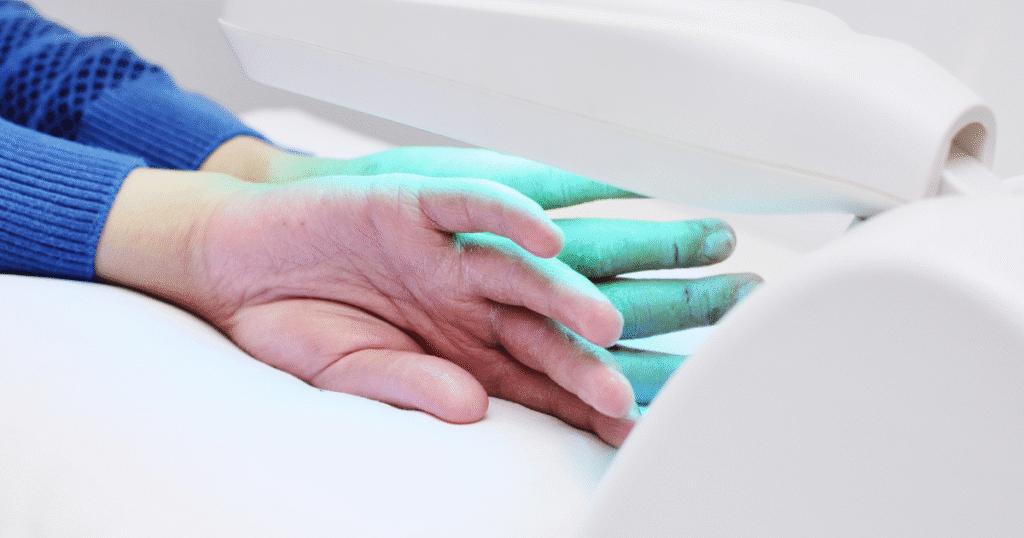Understanding Phototherapy for Chronic Skin Conditions
If you suffer from chronic skin conditions such as psoriasis, eczema, dermatitis, or vitiligo, phototherapy may provide significant relief. In some cases, it can even lead to complete symptom resolution.
What Is Phototherapy?
Phototherapy is a treatment that harnesses specific types of ultraviolet (UV) light—both ultraviolet A (UVA) and ultraviolet B (UVB)—to alleviate skin issues. Unlike natural sunlight, phototherapy uses a reduced intensity of these rays, which helps manage skin health without the same risks associated with sun exposure.
Benefits of Phototherapy
- Vitamin D Production: The narrow band of UVB light used in phototherapy assists your skin in producing vitamin D, critical for reducing inflammation and promoting healing.
- Symptom Relief: Many patients report noticeable improvement in their skin conditions, with some relying solely on this treatment.
- Safety: Research shows that the risk of skin cancer from phototherapy is very low compared to traditional sunlight exposure. While there may be concerns about photoaging (wrinkles), this risk is significantly lower.
“Some patients experience significant clearing of their skin condition, and this may become their only form of therapy,” says Dr. Matthew Paul Stephany, a dermatologist.
Who Is a Candidate for Phototherapy?
Ideal candidates include those who:
- Do not have photosensitivity disorders or are on photosensitizing medications.
- Have reliable transportation to attend sessions two to three times a week.
How Is Phototherapy Administered?
Treatment Process
- Evaluation: A dermatologist will evaluate your skin to determine which areas need treatment.
- Frequency: Most patients require two to three sessions per week; however, those with milder symptoms may only need treatment once a week.
- Treatment Setup: Patients typically stand in a specialized phototherapy unit where only affected areas are exposed to light, while other areas are covered.
- Session Duration: Each session may last from a few seconds to several minutes, depending on the severity of your condition.
According to Dr. Stephany, “We generally recommend patients do at least three months of phototherapy before we can determine its effectiveness.”
Expected Results
- Initial noticeable improvements usually occur after six to eight sessions.
- For severe conditions, it may take 15 to 25 treatments to see results.
- Many patients enjoy relief lasting from two weeks to several months—some even experience prolonged benefits for years after completing treatment.
Can You Perform Phototherapy at Home?
Yes, at-home phototherapy is possible using UV lamps, but it is crucial to purchase these from reputable suppliers. Always consult your dermatologist to discuss home treatment options and ensure safety.
Schedule Your Consultation
Phototherapy services are available at various health centers. To explore whether this treatment is right for you, consider scheduling a consultation with a dermatologist.
Call 800.922.0000 to book an appointment and take the first step toward improving your skin health!
For more comprehensive information about phototherapy and chronic skin conditions, check out the American Academy of Dermatology and learn about safe practices and patient experiences.


